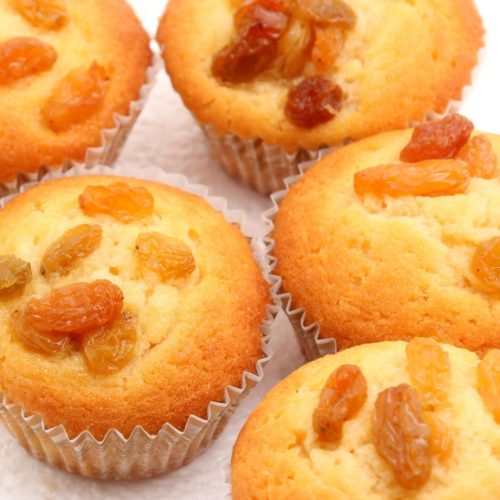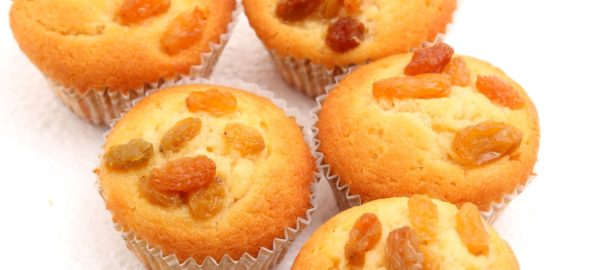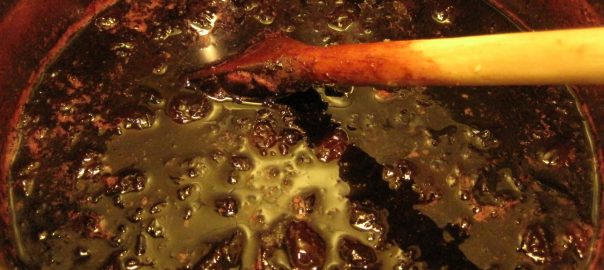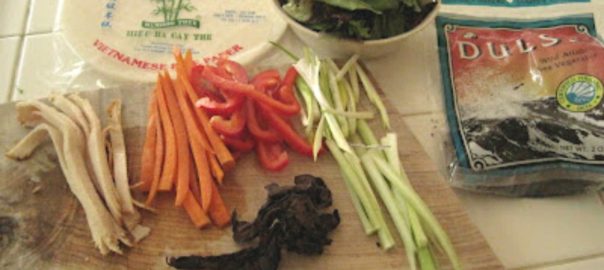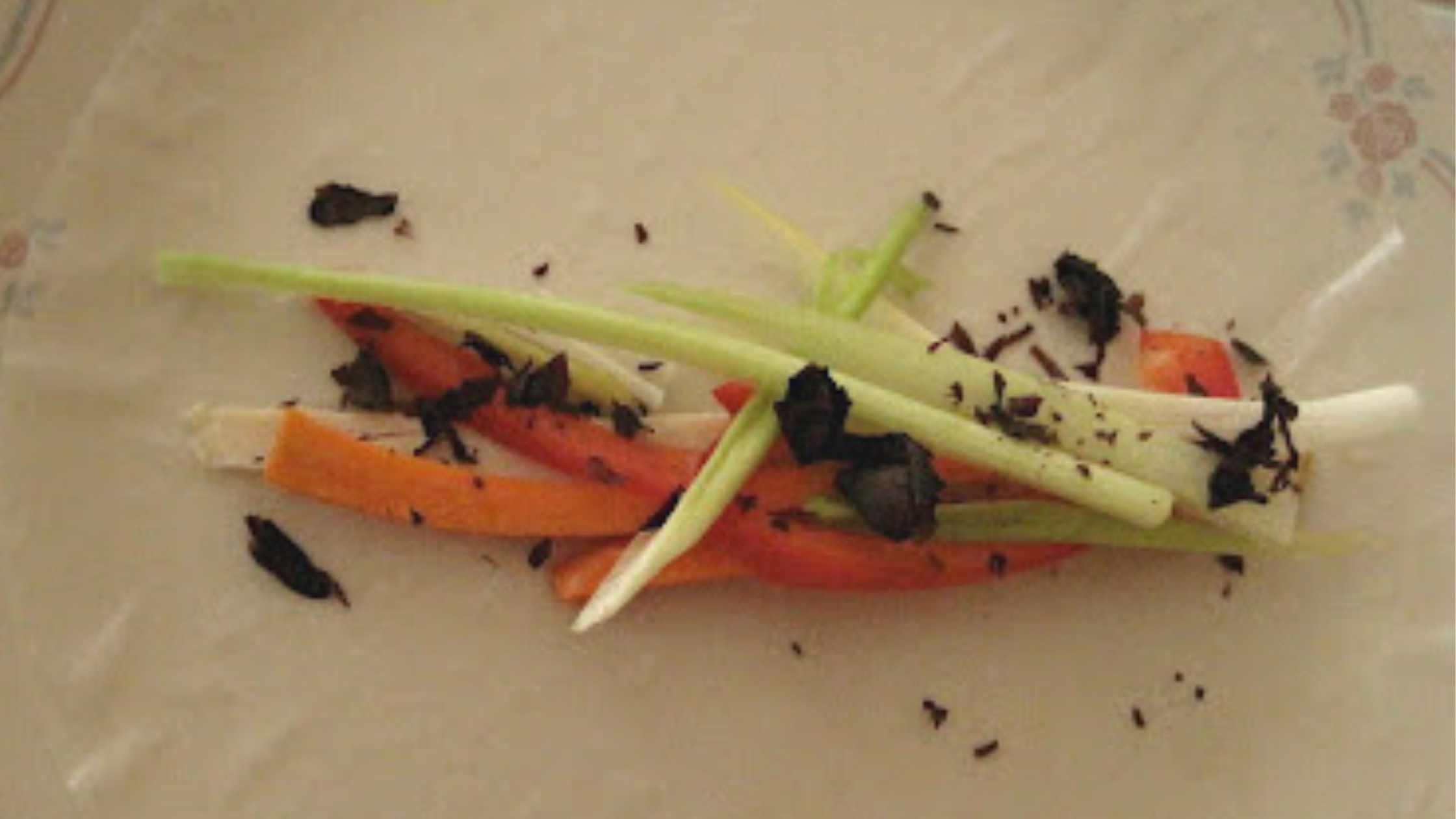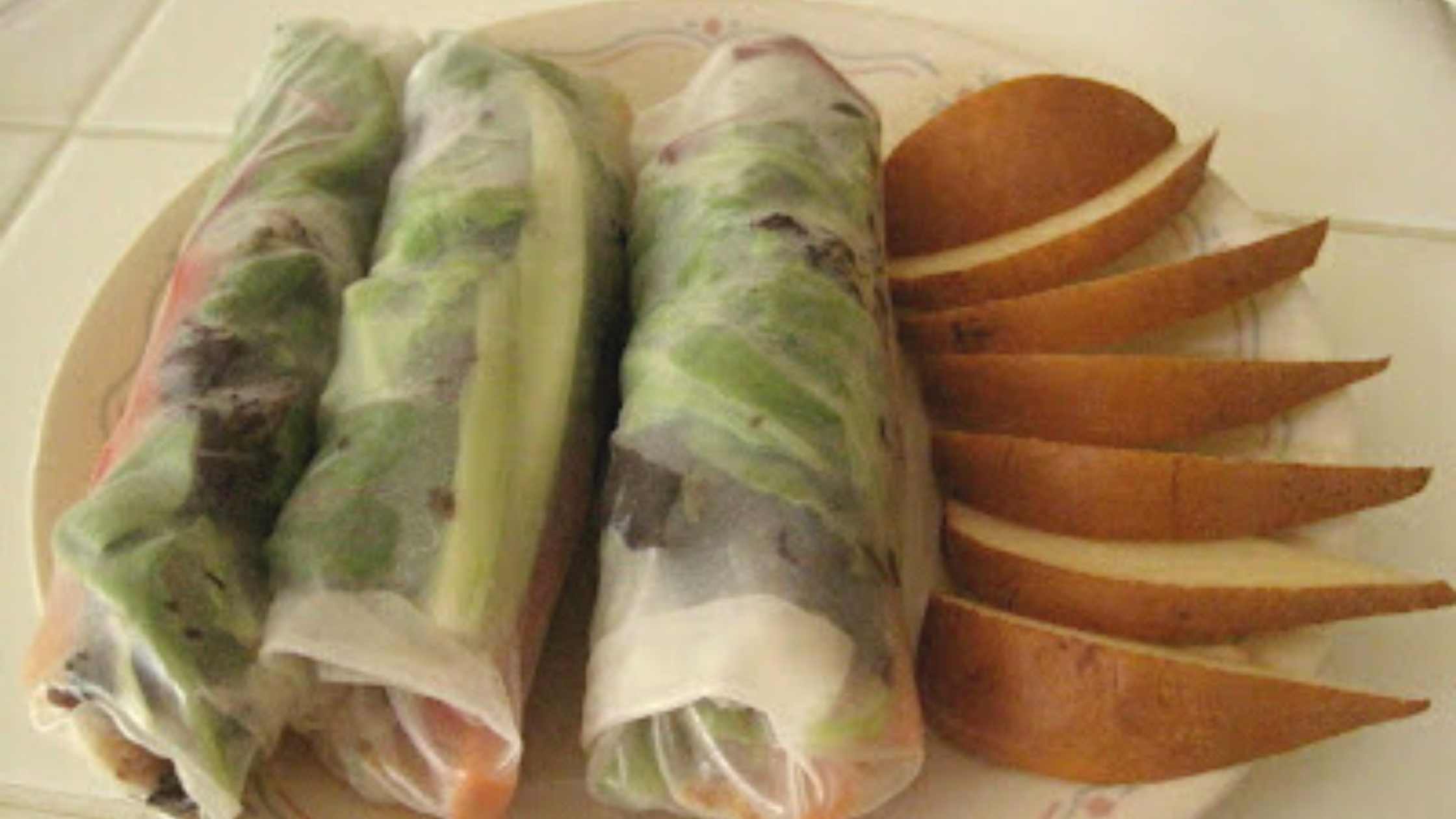It's a good idea to drink fermented beverages – they contain probiotics, or good bacteria, and are great for your digestion! Studies also show that probiotics help when you are depressed or anxious. Beneficial probiotics can be found in a number of foods, but they're also found in fermented beverages such as kombucha or kefir. The best part is that you can actually make these delicious beverages at home.
Health benefits:
- Due to the beneficial bacteria, kefir is helpful for the immune system and supports a good bacterial balance in the gut
- Kefir has been shown in laboratory studies to improve bone mass, helpful to prevent osteoporosis
- High in probiotics, kefir may be a beneficial beverage for supporting mental wellbeing
- L. kefiri (one of the active beneficial bacteria in kefir) is antimicrobial and has good probiotic benefits, inhibiting pathogens
- Appears to be anti-carcinogenic and may have therapeutic benefit for both healthy and ill adults
How to make water kefir:
I have to say water kefir is my favorite when it comes to home-made because it’s so quick and simple.
- Dissolve 1/3 cup sugar with filtered warm water in a clean one quart glass jar. I like to use turbinado or rapadura sugars because they are not stripped of all their nutrients.
- Add water kefir grains (about 1 to 2 tablespoons).
- Place jar out of direct sunlight.
- Cover jar with a clean dish towel.
- Let sit for 24 to 30 hours or to your taste. )If you aren’t sure how it should taste, try some from someone else’s batch)
- Strain the water kefir grains from liquid
- Do a secondary fermentation by adding something to provide some flavor – I like ginger so I add 5-10 slices of freshly peeled ginger. Another option is a few mint leaves. Cap and let sit on the counter for 24 hours.
- Strain out flavorings, transfer the liquid to another one quart glass jar and save in the fridge to start drinking
- Rinse your grains and start over for an unlimited supply of delicious and nourishing water kefir loaded with probiotics or good bacteria!
A few more notes:
- Don’t worry about the sugar as it’s mostly used up during the fermentation process
- Your kefir grains will actually start to grow so you can share them with friends – getting from grains from a friend is a good way to get started
- The grains sort of look like very baby cauliflower florets and should be kept cool when not being used
For those of you who would like to try making water kefir at home Cultures for Health is a great source for your grains. They also sell a large number of other culture products for yogurt, sourdough, cheese and more.
References:
Carasi P, et al., Safety Characterization and Antimicrobial Properties of Kefir-Isolated Lactobacillus kefiri . BioMed Research International. 2014;2014:208974. doi:10.1155/2014/208974.
Chen, HL, et al., Kefir improves bone mass and microarchitecture in an ovariectomized rat model of postmenopausal osteoporosis. Osteoporos Int. 2015 Feb;26(2):589-99. doi: 10.1007/s00198-014-2908-x. Epub 2014 Oct 3.
Messaoudi, Michael, et al., Beneficial psychological effects of a probiotic formulation (Lactobacillus helveticus R0052 and Bifidobacterium longum R0175) in healthy human volunteers. Gut Microbes, 2:4, 256-261, DOI: 10.4161/gmic.2.4.16108
S. Sarkar, (2007) “Potential of kefir as a dietetic beverage – a review”, British Food Journal, Vol. 109 Issue: 4, pp.280-290, https://doi.org/10.1108/00070700710736534
* * * * * * *
This is a guest post from my friend and colleague Trudy Scott (CN). Trudy is a Certified Nutritionist and the founder of www.everywomanover29.com, a thriving nutrition practice with a focus on food, mood and women’s health. Trudy educates women about the amazing healing powers of food and nutrients and helps them find natural solutions for anxiety and other mood problems. Her goal for all her clients (and all women): “You can be your healthiest, look your best and feel on-top-of-the-world emotionally!” Trudy is also the author of The Antianxiety Food Solution.
